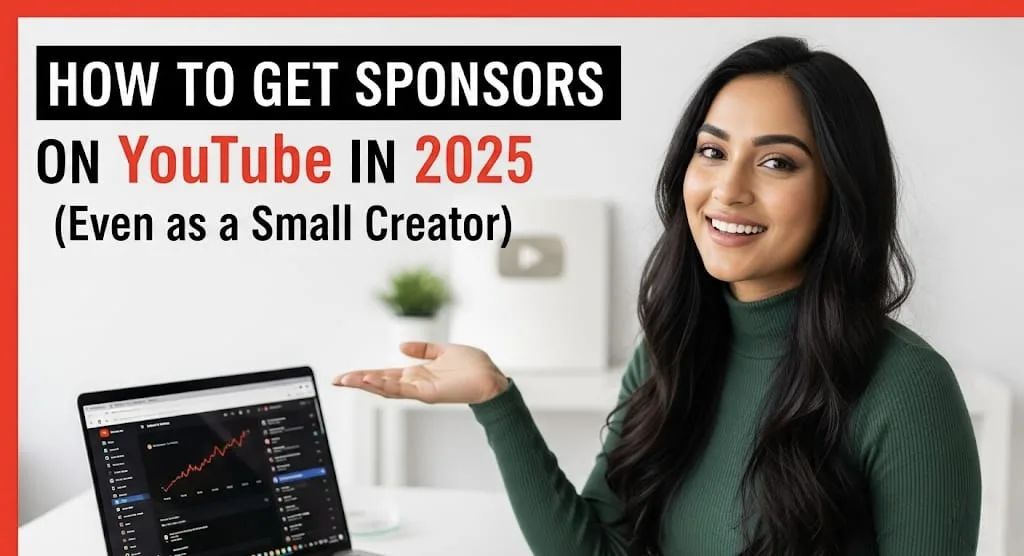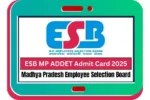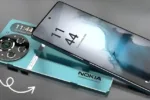In the ever-evolving landscape of online content, securing sponsorships on YouTube might seem like an uphill battle, especially for smaller creators. However, 2025 presents a wealth of opportunities for those with an engaged audience and a clear vision. Forget the myth that only mega-influencers land brand deals; brands are increasingly recognizing the power of niche communities and authentic connections. This article will guide you through the essential steps to attract sponsors, even if your subscriber count is still growing.
Understanding the Landscape: What Brands Look For 🔍
Before you even think about pitching, it’s crucial to understand what makes a YouTube channel attractive to potential sponsors. In 2025, it’s less about sheer subscriber numbers and more about quality engagement and audience alignment.
- Niche Relevance: Brands seek creators whose content perfectly matches their target demographic. If you create content about sustainable living, a brand selling eco-friendly products will see you as a valuable partner. Define your niche clearly and consistently.
- Audience Trust & Engagement: A smaller channel with a highly engaged audience that actively comments, shares, and trusts your recommendations is far more valuable than a large channel with passive viewers. Focus on building genuine community interaction.
- Content Quality & Professionalism: Even with a modest setup, strive for high-quality video and audio. Professionalism in your content and communication reflects positively on your channel and makes you a more appealing partner.
- Brand Safety & Values Alignment: Brands want to ensure their image isn’t associated with controversial or inappropriate content. Maintain a positive and consistent brand persona that aligns with companies you’d want to work with.
Preparing Your Channel for Sponsorships 🛠️
To make your channel appealing, some foundational work is necessary. Think of your YouTube channel as a business, and prepare it for collaboration.
- Optimize Your Channel Page: Your channel banner, about section, and even video descriptions should clearly convey your niche, your audience, and your value proposition. Include a professional business email prominently.
- Consistent Upload Schedule: Regular uploads signal to both your audience and potential sponsors that you are dedicated and reliable. Consistency builds anticipation and maintains engagement.
- High-Quality Content Production: This doesn’t mean you need expensive gear. Focus on good lighting, clear audio, and engaging editing. A well-structured video with clear messaging will always stand out.
- Understand Your Analytics: Dive deep into your YouTube Analytics. Understand your audience demographics (age, gender, location, interests), watch time, and engagement rates. This data is gold when pitching to brands, as it demonstrates your reach and impact.
- Create a Professional Media Kit: This is your channel’s resume. A media kit should be a concise document (PDF or a dedicated webpage) that highlights:
- Your channel’s overview and mission.
- Key statistics (subscriber count, average views, watch time, engagement rates).
- Audience demographics.
- Examples of previous brand collaborations (if any).
- Types of sponsorships you offer.
- Your contact information.
- Tools like Canva offer free templates to create visually appealing media kits.
Proactive Outreach: Finding and Pitching to Brands 🎯
Waiting for sponsors to come to you might take a while. Being proactive is key, even for small creators.
- Identify Aligned Brands:
- Think about products or services you genuinely use and love. Authenticity is crucial.
- Research brands that have sponsored similar, slightly larger channels in your niche.
- Look for companies actively running YouTube ads or influencer marketing campaigns.
- Craft a Personalized Pitch Email:
- Subject Line: Make it clear and compelling (e.g., “Collaboration Opportunity: [Your Channel Name] x [Brand Name]”).
- Personalization: Address the brand contact by name (find this on their website or LinkedIn). Reference specific products or campaigns you admire.
- Your Value Proposition: Briefly explain who you are, your niche, and your audience.
- How You Can Help Them: Focus on how partnering with you will benefit them. Highlight your engaged audience and how your content aligns with their product.
- Call to Action: Suggest a brief call to discuss ideas further.
- Attach/Link Media Kit: Always include your media kit for easy reference.
- Utilize Sponsorship Platforms: Several platforms connect creators with brands. While some might have higher subscriber requirements, many cater to micro-influencers and small channels.
- YouTube BrandConnect (formerly FameBit): YouTube’s official platform, often requiring a certain subscriber count (historically 25K+, but constantly evolving). Keep an eye on eligibility updates.
- Collabstr, AspireIQ, Grapevine, Content BLVD: These platforms are known for connecting creators of various sizes with brands. Create a strong profile that showcases your unique value.
- Start with Affiliate Marketing or Product Seeding: If direct paid sponsorships are elusive at first, consider:
- Affiliate Marketing: Promote products with a unique link, earning a commission on sales. This demonstrates your ability to drive conversions.
- Product Seeding: Offer to review or showcase a product in exchange for the free product itself. This builds your portfolio and relationship with brands.
Negotiating and Legalities 🤝
Once a brand expresses interest, it’s time for the important details.
- Be Prepared to Negotiate: Don’t undervalue your work. Research industry rates for channels your size and niche. Rates can vary widely ($50-$300 per video for smaller channels, but depends heavily on niche and deliverables).
- Define Deliverables Clearly: Ensure a clear understanding of what the sponsorship entails:
- Video length and placement of the sponsored segment.
- Specific talking points or product features to highlight.
- Timeline for content creation and publication.
- Usage rights of the content by the brand.
- Disclosure is Non-Negotiable: Always, always, always disclose sponsored content. This is a legal requirement (e.g., FTC guidelines in the US) and crucial for maintaining your audience’s trust. Use YouTube’s “Includes Paid Promotion” toggle and verbally disclose in your video.
- Written Agreement: Even for small deals, a simple written agreement or email confirmation outlining the terms protects both parties.
Building Long-Term Relationships 🌱
A single sponsorship is great, but building lasting relationships with brands is even better.
- Deliver Beyond Expectations: Over-deliver on your promises. Provide high-quality content on time, and communicate professionally throughout the process.
- Provide Performance Reports: After the video is live, share your analytics with the brand – views, watch time, engagement on the sponsored segment, and any conversion data if applicable. This demonstrates your value and encourages repeat business.
- Maintain Communication: Keep the lines of communication open, even after the deal is done. A quick thank-you email or update on your channel’s growth can go a long way.
Getting sponsors on YouTube in 2025 as a small creator is entirely achievable. By focusing on your niche, building an engaged community, creating high-quality content, and proactively reaching out to aligned brands with a professional approach, you can turn your passion into a sustainable income stream.
Frequently Asked Questions (FAQs) 🤔
Q1: How small is “too small” to get a sponsorship?
A1: There’s no hard rule, but many brands are now interested in “micro-influencers” (typically 1,000 to 10,000 subscribers) and even “nano-influencers” (under 1,000 subscribers) if they have a highly engaged and niche audience. Your engagement rate and audience relevance are often more important than subscriber count alone.
Q2: Do I need a fancy studio and equipment to attract sponsors?
A2: No, not necessarily. While good production quality is important, it doesn’t mean expensive gear. Focus on clear audio, good lighting (even natural light), and engaging editing. Brands value authentic content that resonates with your audience over Hollywood-level productions from small channels.
Q3: What if I don’t have any previous sponsorship experience for my media kit?
A3: Don’t worry! Instead of past sponsorships, focus on your channel’s strengths. Highlight your audience demographics, engagement metrics, and the unique value you offer. You can also showcase examples of how you’ve naturally integrated products or services into your content in the past, even if they weren’t paid sponsorships. This demonstrates your creative approach.


